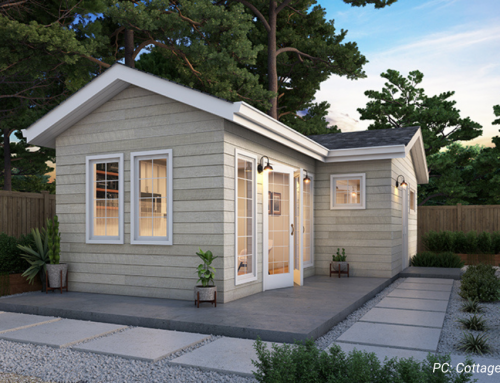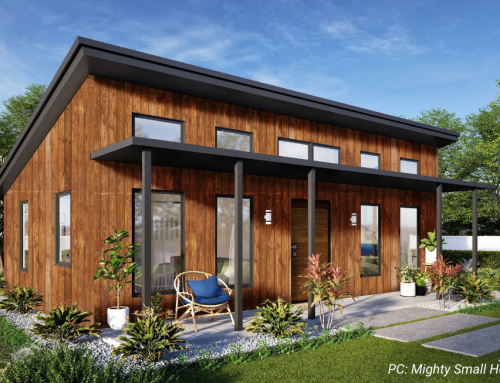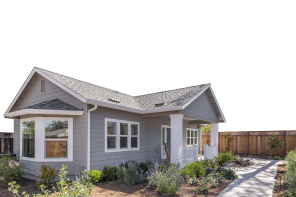Why Ultra-Affordable Prefab ADUs are Often Too Good to Be True … and Could End Up Costing More Than You Bargained For
The rise of the tiny home Accessory Dwelling Unit (ADU) has been nothing short of spectacular. Once a niche residential real estate concept, ADUs—often referred to as guest houses, granny flats, casitas or in-law suites—have exploded in popularity, transforming backyards—and investment portfolios—across the nation.
This surge in interest reflects a growing need for flexible living spaces, a desire to increase property value, a means to generate revenue, and even a solution to some housing challenges. Many of these builds also exemplify the ever-expanding role ADUs play in reshaping how Americans live, work, and connect.
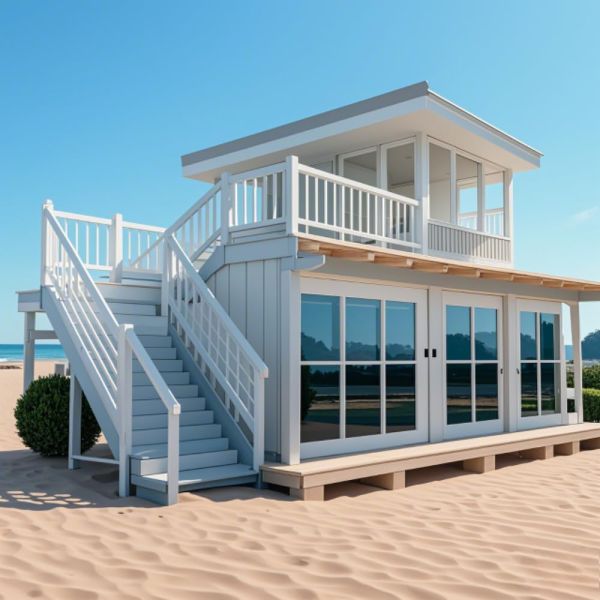
Credit: Amazon.com
But, beware before hitting “buy now” on that cheap Walmart or Amazon “tiny home” as risks can abound.
Here are 10 important things you need to do first to ensure you’re spending your money wisely:
1. Understand what you’re buying. Are you buying a fully complete tiny house that comes fully built, transported and rolled/craned into your backyard? Or are you buying a bunch of parts that need to be assembled? If assembly is required, make sure you first speak to a local contactor and determine the price of assembly because this is rarely a DIY project.
2. Speak with your City/County Zoning and Building Departments. Make sure they allow this kind of tiny home on your property. Ask where on your property you’re allowed to install it. Essentially, you want to know every single guideline they have for this structure. The last thing you want is a tiny home you have to sell or return because your city won’t allow it.
3. If your region is prone to weather events or natural disasters, makes sure your tiny house has been tested to withstand these. Is it rated to withstand snow, sleet, winds, earthquakes, hurricanes? There is no point spending a lot of money if it gets wiped out in the first rainy season.
4. Speak with your insurance agent. Will your insurance cover the addition of a tiny home on your property? If not, is there another form of insurance you can secure?
5. Make sure your tiny home meets the “occupancy” requirement and building code in your state. Some states are more strict than others and each tiny home is built to different standards.
6. Research utilities. A tiny home won’t do you much good if it isn’t connected to electrical power, water and sewer (at the very least). Speak with your Building Department or utility providers to understand the process and costs to tie your tiny house in to municipal services. If you have your own water well, septic tank, etc., ask a contractor for the costs to tie into these facilities. Connecting utilities to a tiny house or ADU is very similar to that for a normal house. A general contractor or trade contractor can do this project for you, but expect it might cost between $5-20k depending on your specific situation.
7. Understand your total costs. Sure a $10,000 house seems extremely reasonable. But does that include the cost of transporting it to your property? The cost of craning it onto your property if necessary? How about the cost of assembly and the cost of pouring a foundation for it to sit on, etc.? The bottom line is that you really need to know all the costs involved, which could be more than double the Amazon ‘price’.
8. Read reviews. Before you make a major purchase like this, always do your homework. Look for reviews from others who have purchased this exact type of tiny home. Carefully read their comments about the pros and cons of this home. Feel free to respond with your own questions or comments; people are generally forthcoming with information about their experience.
9. Think about where your tiny home will be located and whether it needs to be permanently affixed to a concrete foundation. Unless your tiny home is on wheels, it should sit on a concrete pad or foundation made of cement. A general or masonry contractor can do this work for you which may cost you $5-15k.
10. Make sure to carefully review the warranties that come with your Amazon tiny home. If things go wrong with your purchase, will you have to pay out of pocket to make the repairs or will the manufacturer cover these costs?
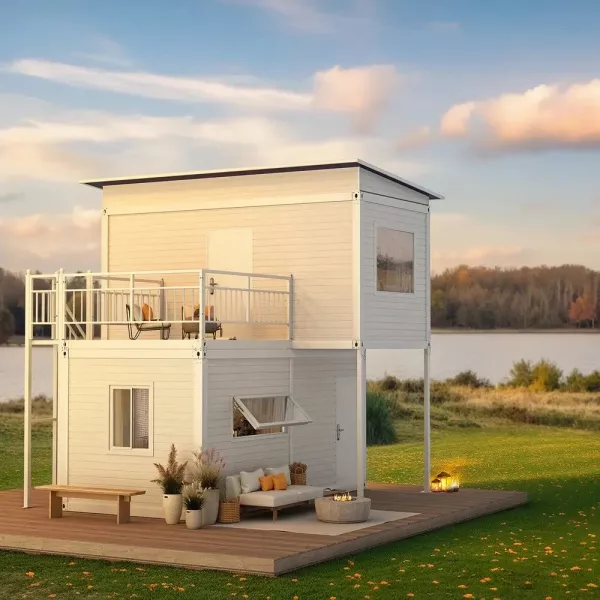
Credit: THLAND/Walmart.com
With housing costs soaring, many homeowners are looking for creative ways to maximize their property value while providing additional living options.
ADUs offer a flexible, cost-effective way to generate rental income, accommodate aging family members, or even provide young adults with an independent living space—all without the need for costly relocations or massive new developments. And, as cities across the U.S. relax zoning laws and streamline permitting for these backyard beauties, the path to building an ADU has never been clearer.
That said, a measure of due diligence is key to keep your dream ADU project from turning into a disaster.
~~~

With several decades of experience in the construction and renovation business, Paul Dashevsky is Co-CEO of Maxable —the industry-leading ADU property design / build / construction resource website for granny flats, in-law suites, guest houses, casitas and other types of Accessory Dwelling Units. Paul is also Co-CEO of GreatBuildz—a FREE service that matches homeowners with reliable, pre-screened general contractors. He may be reached at www.greatbuildz.com.



